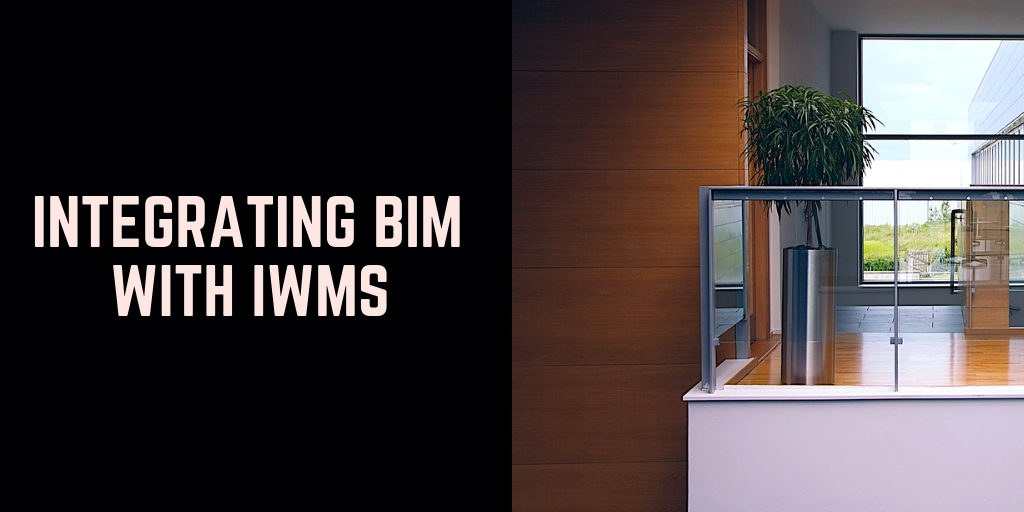Integration of BIM into facility management has always been a targeted goal for numerous corporations and industries. There had been reported to be a few cases of the early endeavors towards integration over the existing IWMS offerings. Considering the fact that these technologies and features have been accessible for a long period of time, the adoption rate of it in the industries is comparatively lower. It had been noticed that engineering and design teams which manages the process of BIM model creation and prevention while in construction phase leads to numerous advantages in relation to multiple resources management and updating the models.
The major drawback with the same that had been noticed is that AEC groups are normally temporary in nature which means they meet up only for task regularly but disband after the completion of the venture; leaving the building occupants and owners with the confusion that how will the building be managed after the occupancy. These kinds of models are mostly rejected by the facility management teams as they do not have enough capability to maintain BIM.
IWMS has been complete answer to such issues which safely circulate obligations of keeping up with BIM throughout the building life cycle. The process accomplished with the help of cloud technology and is executed using geometry of the model of the data in such a way that they give access to effectively viable digital operating and reporting manual for the building.

The methodology also guarantees that BIM models remain solid and give a system which allows particular subject matter expert group a direct path to share unique knowledge and ability while dealing with a BIM based life cycle approach.
Integrating the use of IWMS in the workplace gives several benefits that are inclusive of effective management of the space and regulation of asset’s data which results to better cost saving and tracking, managing maintenance cost, productivity and other related matters.
Source: Integrating BIM with IWMS
